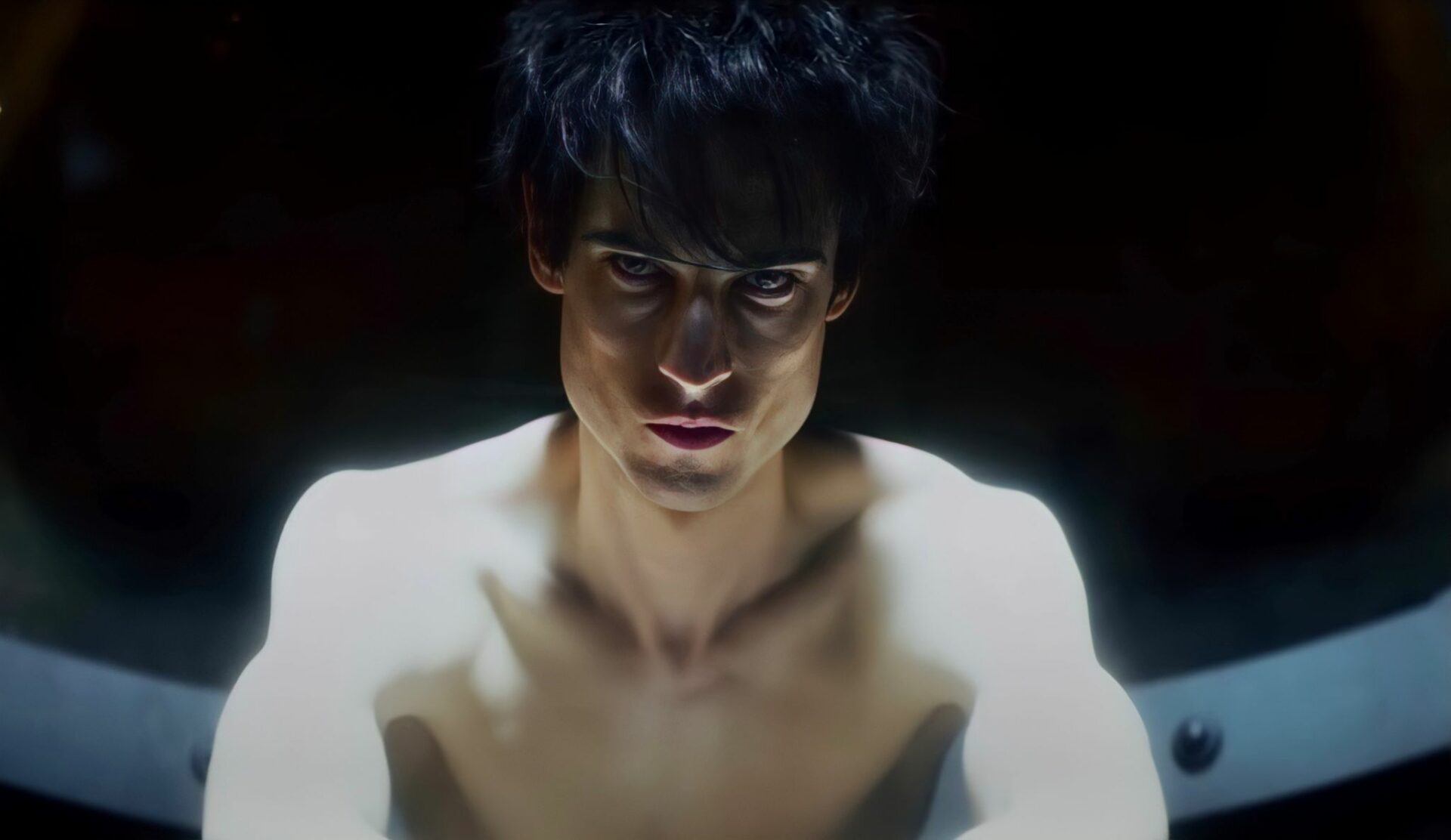
‘The Sandman’ showrunner Allan Heinberg explains decision to end Netflix series
After two visually grand and emotionally layered seasons, The Sandman is officially coming to an end. While fans were holding out hope for more, showrunner Allan Heinberg has now confirmed that the decision to conclude the series with Season 2 was a deliberate creative choice, one that was never about budget cuts, streaming politics, or the recent controversy surrounding co-creator Neil Gaiman.
And yet, the ending feels sudden. Especially for a series that so carefully built its mythos and characters, there was still a sense that The Dreaming had more to offer. The new season itself leaves viewers with burning questions. So why stop now?
The answer lies not in chaos behind the scenes but in clarity of vision. Heinberg has long viewed The Sandman as a three-act story centred on Dream’s transformation. But when planning the new season, he and his team realised that they could tell Dream’s full emotional arc in just two.
“I had always thought of The Sandman as a three-season show with 11 episodes in each season,” Heinberg told The Hollywood Reporter. “And initially, I had crafted season two to end with Orpheus’ death and Dream’s response to it. And then the third season was going to be The Kindly Ones and everything that comes after. But when we took A Game of You out of the mix, it created all the space we needed.”
This change was not a compromise. It allowed them to give full attention to Dream’s inner evolution, rather than detouring into storylines where he was barely present. It was a deliberate choice to focus on the spine of the show, Dream’s relationships, regrets, and redemption. And that decision pays off.
Season 2 is as intimate as it is epic. The emotional weight is heavy, especially in Dream’s interactions with his estranged son Orpheus. In a gut-wrenching moment, Dream must finally face the consequences of centuries of emotional repression and divine pride. His journey from a cold, cosmic monarch to a raw, vulnerable father is what ultimately gives the story its ending. Not just a season finale, but emotional closure.
Heinberg put it best: “In Dream’s mind, he’s the hero of his story. I think he’s very surprised to realise in season two that he is the villain in several people he loves’ stories.”
There is something refreshingly honest in how The Sandman closes the loop. It refuses to stretch itself thin for the sake of franchise longevity. In fact, the show ends because the character has reached the end of his arc. No resurrection twist, no post-credit bait. Just a powerful, fully told narrative.
It also helps that Tom Sturridge’s performance has been quietly brilliant. By the time Dream kneels before his son, not as a ruler but as a father, it is hard not to feel the weight of everything he has carried. And lost.
While the upcoming bonus episode will offer one last goodbye, this decision to end The Sandman is not a loss. It is an ending done right. A rare thing in the world of modern television, where stories are often kept on life support well past their prime.
So yes, fans are sad to say goodbye. But perhaps that is the point. The story left us wanting more, not because it was incomplete, but because it was whole.